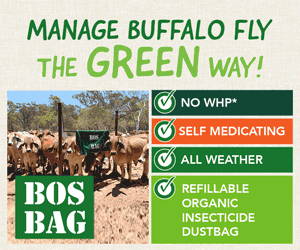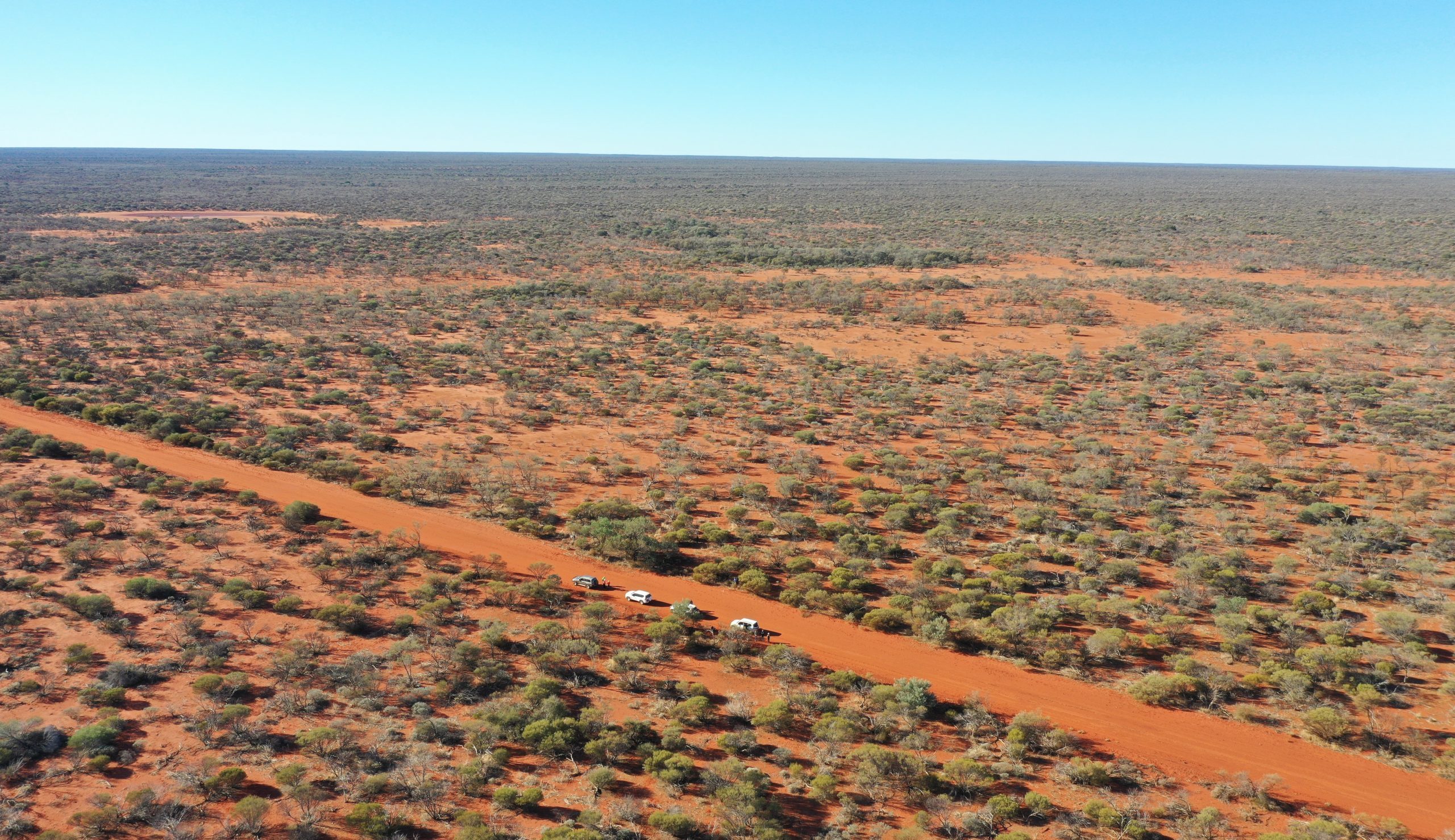AS CARBON projects find their place in the country’s agricultural property market, a rural valuer is calling for more transparency from all in the industry to ensure that carbon farming realises its potential.
Acumentis national director Lachlan Dunsdon has been on the speaking tour recently, presenting to the AgForce AGM in Mount Isa and recording a podcast with Ben Law or “The Financial Bloke”.
Mr Dunsdon’s family come from the Cunnamulla area of Western Qld, which has seen a large-scale and at-times controversial uptake of carbon projects in the past decade. Producers have been implementing projects and carbon companies have been buying land.
The Dunsdon’s have been part of the carbon wave in south-west Qld, starting a human induced regeneration project in 2015. Mr Dunsdon said carbon farming as an industry presented many opportunities.
 “There’s a significant shift both nationally and internationally for environmental change, and what’s overlooked is that in agriculture we already do a lot of work that is very environmentally friendly,” he said.
“There’s a significant shift both nationally and internationally for environmental change, and what’s overlooked is that in agriculture we already do a lot of work that is very environmentally friendly,” he said.
“But what we don’t do well is provide the data and tell the story. Taking up a project with the Emissions Reduction Fund is one way to do that, that can also provide a farming business with a diversified and complementary income stream.
“There is a whole wave of money, influence and demand from the public for us to be net zero as a country. Agriculture is definitely a solution when it comes to offsetting carbon, because big emitters like fossil fuel companies can’t reduce their emissions fast enough.”
Call for transparency
The property and banking industries have been treating carbon projects with caution due to confusion and limited transparency.
“There are very few industry participants, like bankers, valuers, accountants or lawyers, that genuinely understand the intricacies of carbon farming,” Mr Dunsdon said.
“Even less understand how carbon farming can impact, for good or for bad, the long-term value of a rural asset.”
Mr Dunsdon said difficulty accessing genuine, independent, information on existing carbon projects was limiting the ability of agriculture professionals to upskill themselves on carbon farming.
“Some of the information that’s available is very scientific, which makes it difficult to understand in real life practical terms. For example, how each piece of that information will create, limit or change various aspects of a rural property and the occupying agribusiness,” he said.
“Furthermore, much of the information and detail relating to a specific carbon farming project is generally held by carbon project developers and the Clean Energy Regulator behind non-disclosure agreements.”
Mr Dunsdon said NDAs had limited some property transactions with potential buyers unable to access critical information.
“When we value a property, we can generally access the information we need – we sign the NDA and ask the landholder the key questions,” he said.
“However, parties unrelated to the property, the project or the owner themselves, are unable to access this critical information.”
Mr Dunsdon said there was at least one example of NDAs de-railing a property sale.
“There was an example of a property that came to market and everyone was prevented from publicly talking about it, even the owner was prevented from disclosing or discussing it,” he said.
“Word on the street was that the particular property had a carbon project on it, but no one could confirm it, nor provide any details on it. With the amount of hurdles people had to jump through to access the required information about it was highly detrimental to that sale.
“I think the industry has learnt a lot since that, but it was a good example of what not to do.”
Mr Dunsdon said while the carbon industry has moved forward, accessing independent information was still difficult.
“I understand that is new, but there seems to be a lack of understanding of carbon farming in the property sector,” he said.
“One of the big red flags is when someone talks about a property that transacted either with carbon or for carbon farming, in dollars per acre.
“The science, maths and modelling around them is very much a financial way of assessing it, with a whole heap of risks and inputs. A sale price may be able to be divided by land area to give a dollar per acre rate, but I can promise you that’s not the way the buyer put a price on it.”
No need to rush
Mr Dunsdon said landholders with carbon projects needed to keep extensive data and information about their operation.
“If you do go down the carbon path, keep information and data to make what I call a ‘play book’,” he said.
“It’s about showing all of the practical elements of your operation, how your carbon project works, what it can generate in terms of carbon credits, and keeping the data to prove it.”
Mr Dunsdon said there was no need to rush into carbon projects, but urged landholders to start collecting information about it, and learning about the industry.
“The opportunities to use carbon and carbon farming to strengthen and complement agriculture were significant,” He said.
“Further to this, the emerging markets for biodiversity and natural capital as assets and commodities will provide more opportunities for landholders, if they can implement projects in a way that doesn’t erode value or productivity.
“It’s very important that landholders seek independent advice when considering any change to their property or business, and that includes a carbon or biodiversity project.”


